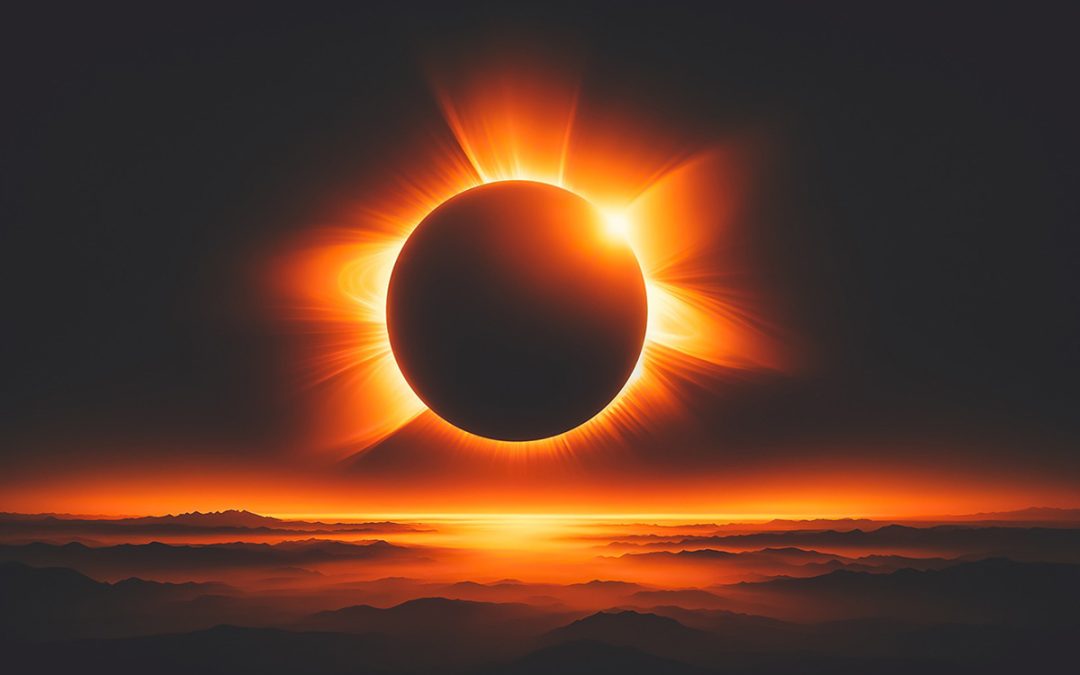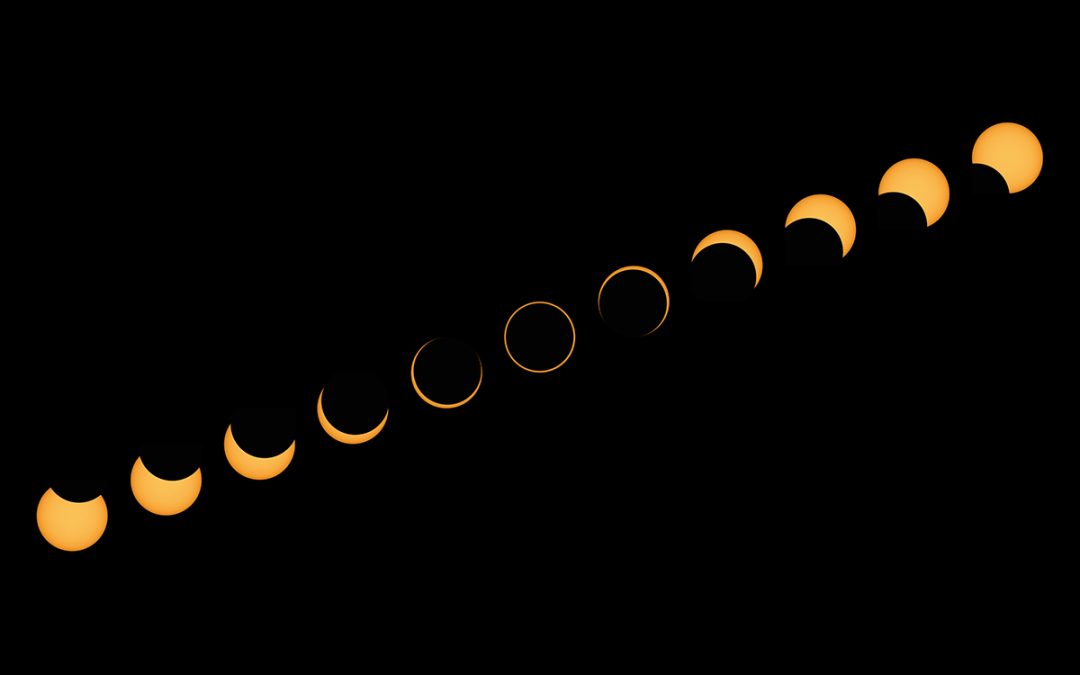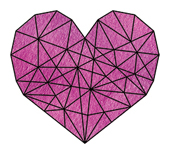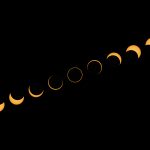


The Eclipse
On the eighth of April, a celestial dance ignites! The sun, a fiery titan, waltzes with the moon, a celestial enchantress. Twilight emerges as the moon eclipses the sun, and a blazing crown takes its place, a heavenly counterpoint. We hold our breath. Then, a triumphant roar—the sun breaks free, banishing the inky veil. Light floods back, a testament to the cosmos’ dance. This epic spectacle, forever etched in memory, becomes a tale whispered through generations—the day the sun danced with the moon! Who doesn’t like a good eclipse? They are the stuff of legends. This solar eclipse promises a longer, darker experience with an active sun, and it’s accessible to a large population. Why is this one special? Duration and Darkness: • This year’s eclipse will be longer, with a duration of nearly 4½ minutes. • During the path of totality, where the moon completely blocks out the sun’s disk, the sky will fall darker than before. Active Sun: • The sun will be close to solar maximum in 2024, which is the peak of its roughly 11-year activity cycle. • Bright, petal-like streamers of plasma will extend from the sun’s outer atmosphere (the solar corona). • There’s an increased chance of a coronal mass ejection, a large puff of hot gas blasted away from the sun’s surface. Accessible Path: • Approximately 32 million people will be inside the path of totality, which is about 2½ times as many as during the 2017 eclipse. • Major East Coast cities like Baltimore to Boston are only about 200 miles from the path of totality. • This accessibility means millions more people will witness this astronomical...





